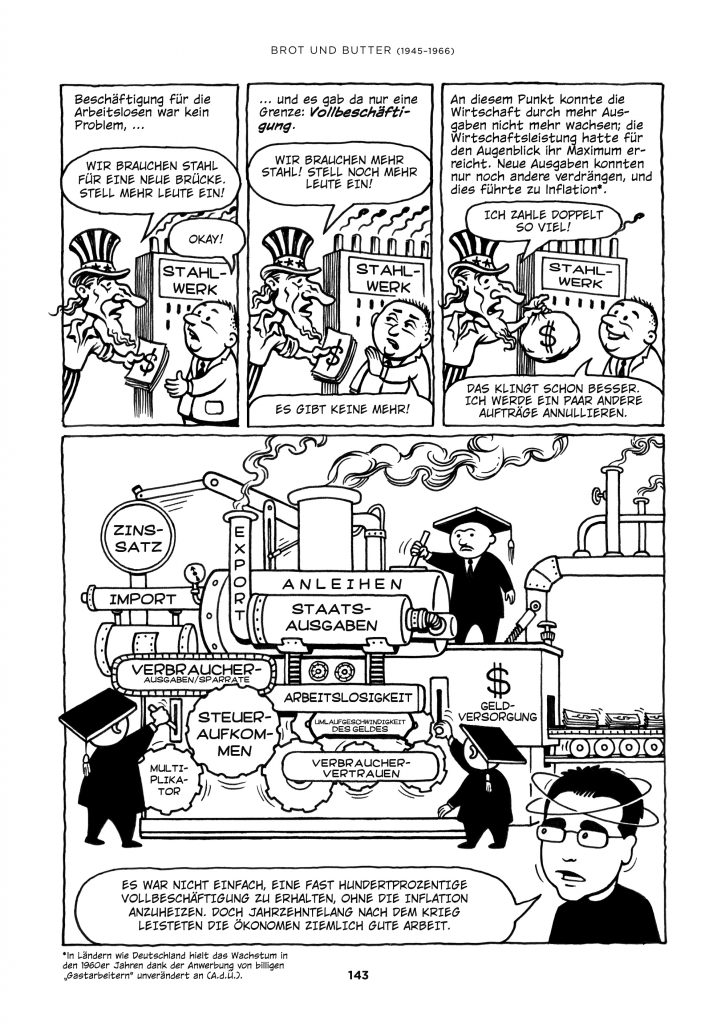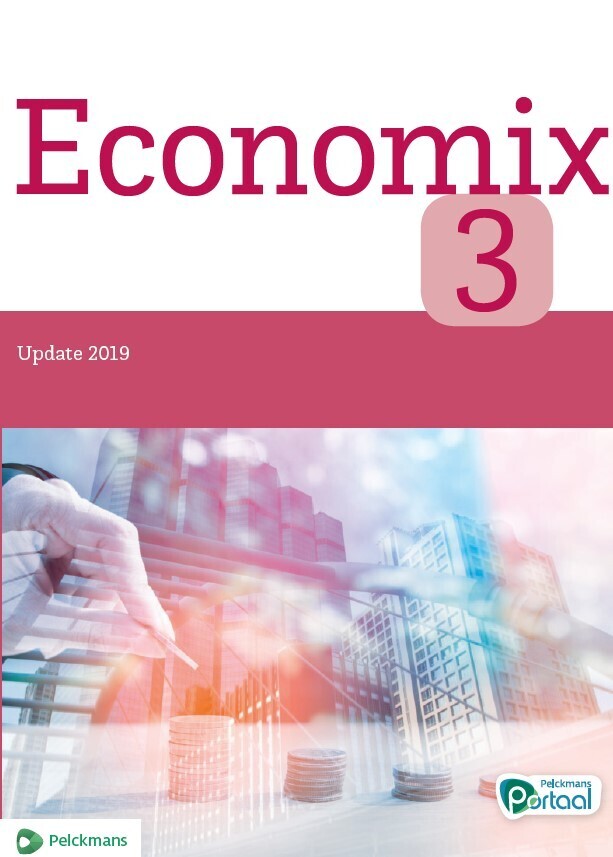

Similarly, the expected growth of 8 per cent in Armenia’s economy this year is likely to decelerate to 4 per cent in 2023.ĭuring the first half of 2022, inflation in the Caucasus gained momentum due to a new wave of price rises for energy and food. In 2022, Georgia’s economy is projected to post growth of 8 per cent, with a slowdown to 5 per cent next year. The economy of Azerbaijan is forecast to grow by 4.5 per cent this year, softening to 2.5 per cent next year.

In the case of Armenia, these are further amplified by the country’s close ties to an increasingly isolated Russian economy. For Georgia, however, the risks are driven by uncertainty and the significant probability of external shocks. The report warns that current growth in the Caucasus is mainly driven by temporary factors that could easily be reversed.įor Azerbaijan, the uncertainty stems from energy prices but also from inflation. However, the robust growth recorded for the region in 2022 will taper off in 2023, highlighting concerns about its medium-term sustainability. Meanwhile, Armenia and Georgia are benefiting from an inflow of Russian businesses and information and communication technology (ICT) professionals, boosting the service sectors of these small economies. The economies of Armenia, Azerbaijan and Georgia are enjoying some of their highest growth rates in years, the European Bank for Reconstruction and Development (EBRD) reports in its latest Regional Economic Prospects (REP) today.Īzerbaijan is capitalising on high levels of oil and gas revenues, as a result of elevated prices and increased export revenues, but also on the strong performance of its non-energy sector.



 0 kommentar(er)
0 kommentar(er)
